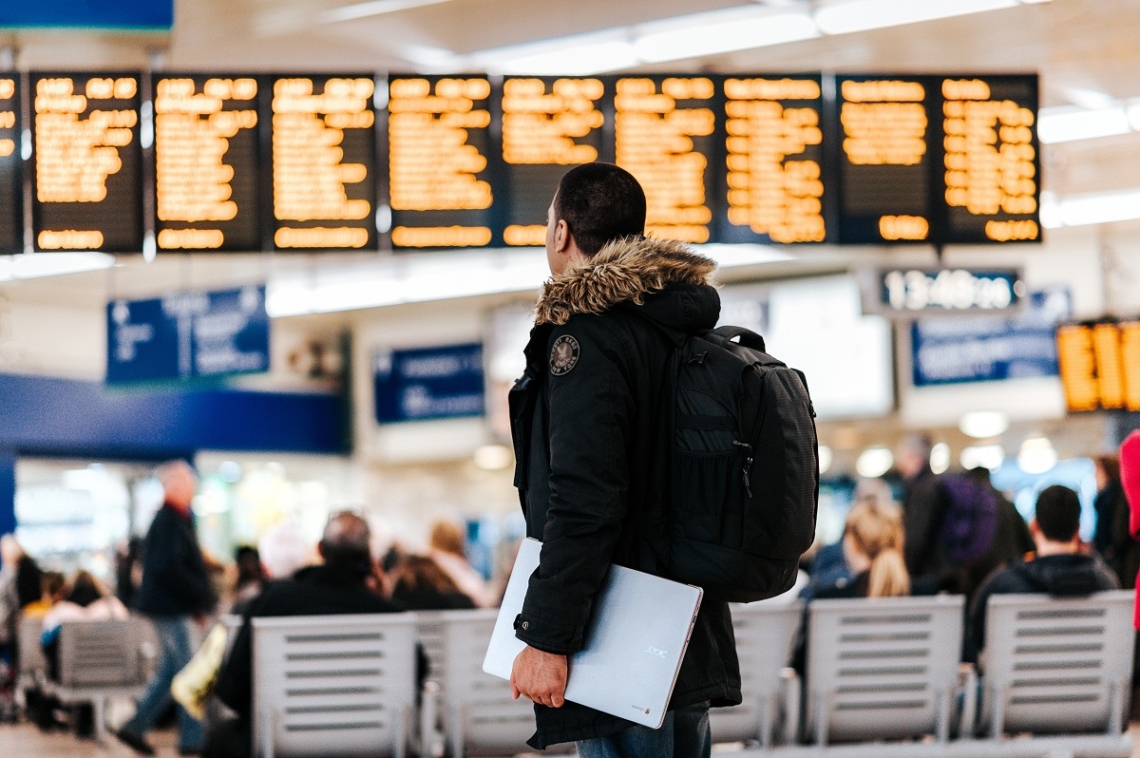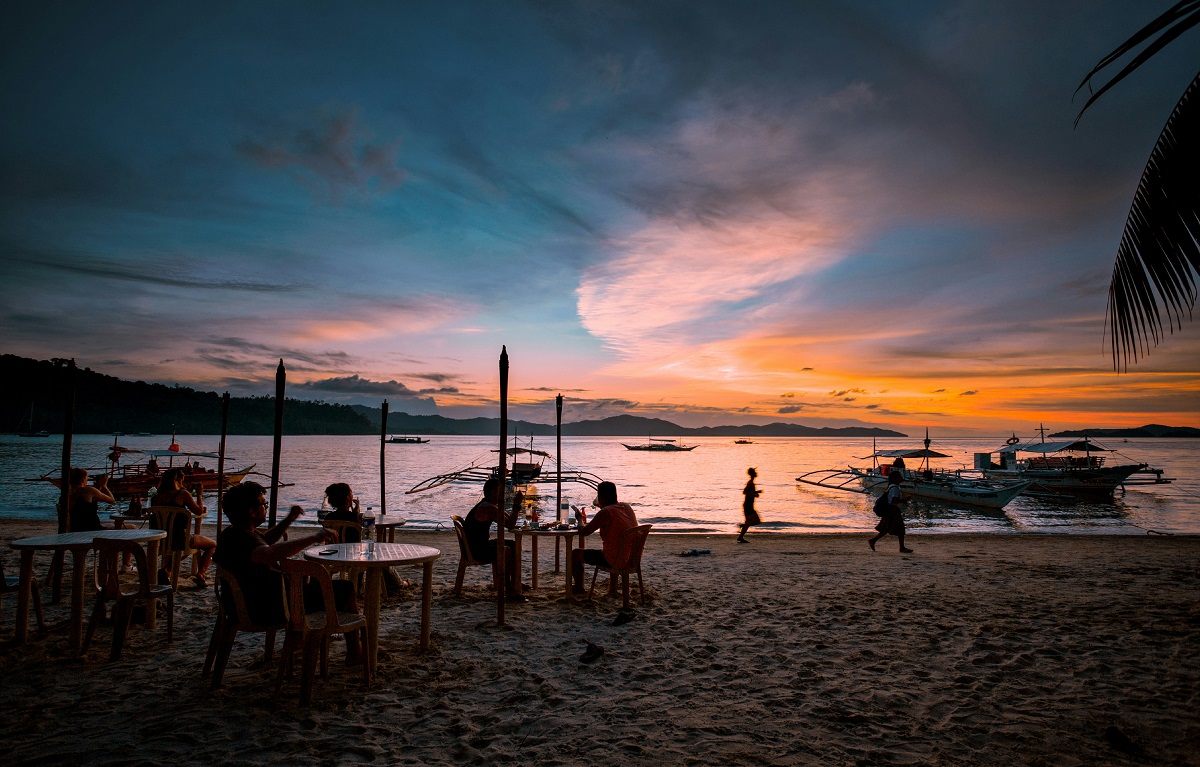
Immigration Laws Every Traveler to the Philippines Should Know
The Philippines, with its breathtaking landscapes, abundant marine life, vibrant culture, and famously warm hospitality, attracts millions of visitors each year. But like any destination, the country enforces its own immigration requirements that travelers must follow to ensure a smooth and enjoyable experience.
Whether you’re a tourist, a business visitor, or considering a longer stay, knowing about and understanding these regulations is key to avoiding common pitfalls. You may also want to consult a reputable law firm in Subic or wherever else you’re headed in the country for more complex legal matters.
Following immigration rules is more than a formality; it reflects respect for your host country. This guide breaks down the essentials and offers practical tips for a hassle-free experience in the Philippines.
Contents
1. Visa-Free Entry and Short Stays
Citizens from over 150 countries are eligible to enter the Philippines without a visa for short visits. Most travelers can stay up to 30 days, provided they carry a passport valid for at least six months beyond their intended departure and a confirmed return or onward ticket.
Before booking, check the official list of eligible nationalities and confirm whether any recent changes apply to your country. If you plan to stay longer, apply for an extension through the Bureau of Immigration at least a week before your initial period ends. Processing times can vary, and overstaying, even briefly, may result in fines or complications during future visits.
2. Long-Stay and Special Visas
Short-term entry may be straightforward, but staying in the Philippines for work, study, retirement, or business requires more than a passport stamp. These long-term purposes fall outside the scope of tourist privileges and demand the right visa from the start.
Several options exist depending on your purpose. The Prearranged Employment Visa (9G) suits foreign nationals hired by Philippine-based companies, while the Student Visa (9F) applies to those enrolled in accredited institutions. Retirees may qualify for the Special Resident Retiree’s Visa (SRRV), which offers flexible entry and residency benefits. Each visa type comes with its own documentation checklist, including financial statements and medical clearances.
To avoid delays or legal complications, secure the correct visa before arrival. A mismatched visa can disrupt plans and limit your ability to remain in the country long-term.
3. Extensions and Overstay Penalties
It’s not uncommon for travelers to fall in love with the Philippines and decide to stay longer than planned. If that happens, the Bureau of Immigration offers visa extensions for eligible visitors, with some nationalities allowed to extend their stay for up to 36 months.
However, these extensions aren’t automatic. You’ll need to apply in person, pay the required fees, and submit updated documents. Waiting until the last minute can lead to long queues or missed deadlines, so it’s best to start the process early.
Overstaying without approval can trigger daily fines, delays at departure, or even blacklisting. Immigration officers take timelines seriously, and resolving issues at the airport is rarely straightforward. If your plans shift, or if you’re unsure about your visa status, it’s wise to consult a law firm that specializes in immigration. Staying longer is absolutely possible, as long as you follow the right steps.
4. Restrictions on Employment and Business

Contrary to popular belief, remote work from a beachside café isn’t always legal. Philippine immigration laws strictly prohibit employment under a tourist visa, whether it’s online, in-person, or anything in between. Starting a business without the proper permits can also lead to fines, legal trouble, or even deportation.
To work legally, travelers must secure an Alien Employment Permit (AEP) from the Department of Labor and Employment (DOLE), which is required to obtain the appropriate work visa. These aren’t just bureaucratic hurdles; they’re safeguards that protect foreign nationals from exploitation and ensure compliance with local labor laws.
5. Exit Clearance Certificates
Here’s a practical tip that catches many long-term visitors off guard: if you’ve stayed in the Philippines for six months or more, you may need an Emigration Clearance Certificate (ECC) before departure. This document confirms you have no pending obligations or legal issues with immigration authorities.
Without it, boarding can be denied, even if your flight is booked and your bags are packed. Apply a few weeks in advance to avoid last-minute disruptions and give you time to resolve any unexpected issues. It’s an easy step to miss, but an essential one for a smooth exit.
6. Immigration Rules for Minors
Traveling with children adds another layer of regulation. Foreign minors under fifteen who arrive in the Philippines without a parent or legal guardian must secure a Waiver of Exclusion Ground (WEG) from the Bureau of Immigration. This waiver confirms proper guardianship and ensures the child’s safety while in the country.
Parents or guardians should prepare notarized documents ahead of time to prevent delays. A smooth experience at immigration counters starts with anticipating these special rules for young travelers.
Immigration laws in the Philippines aim to balance the country’s openness to visitors with its responsibility to regulate entry and stay. If you know the essentials, whether for short trips or extended stays, you’ll be able to set yourself up for a smoother, more enjoyable journey. Mindful preparation not only helps avoid penalties but also enhances the sense of welcome upon arrival.
This article is written by a contributor to the site.
